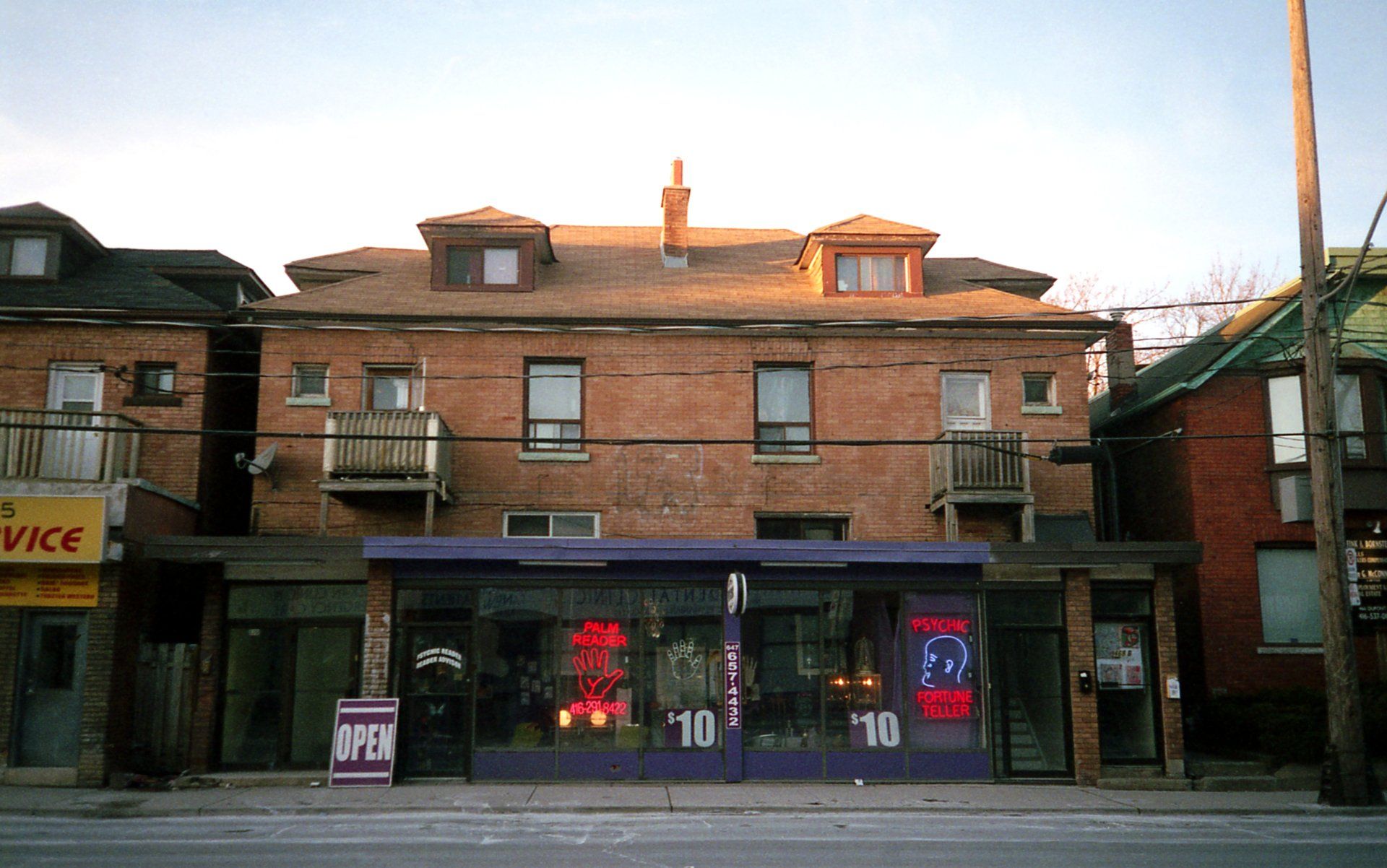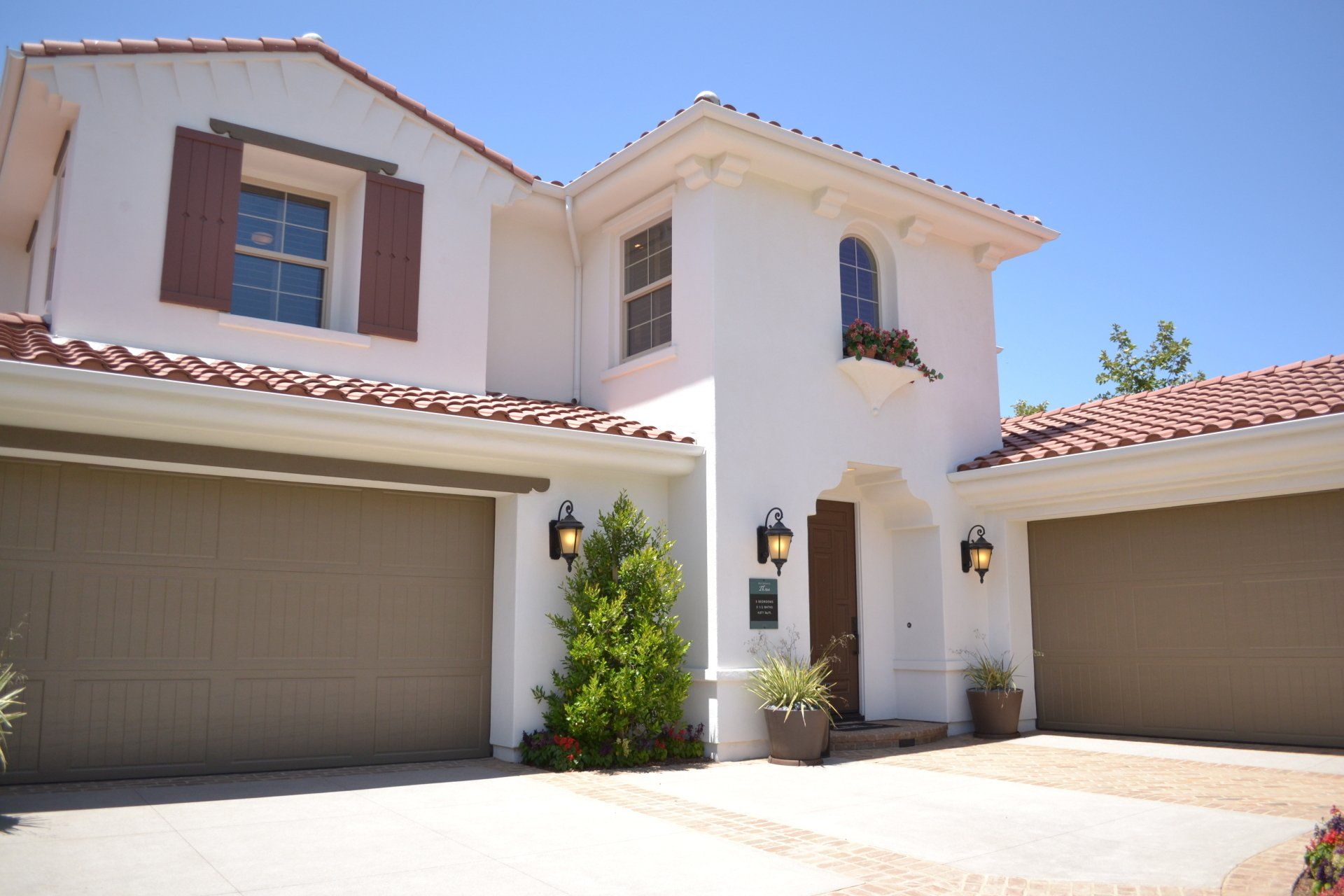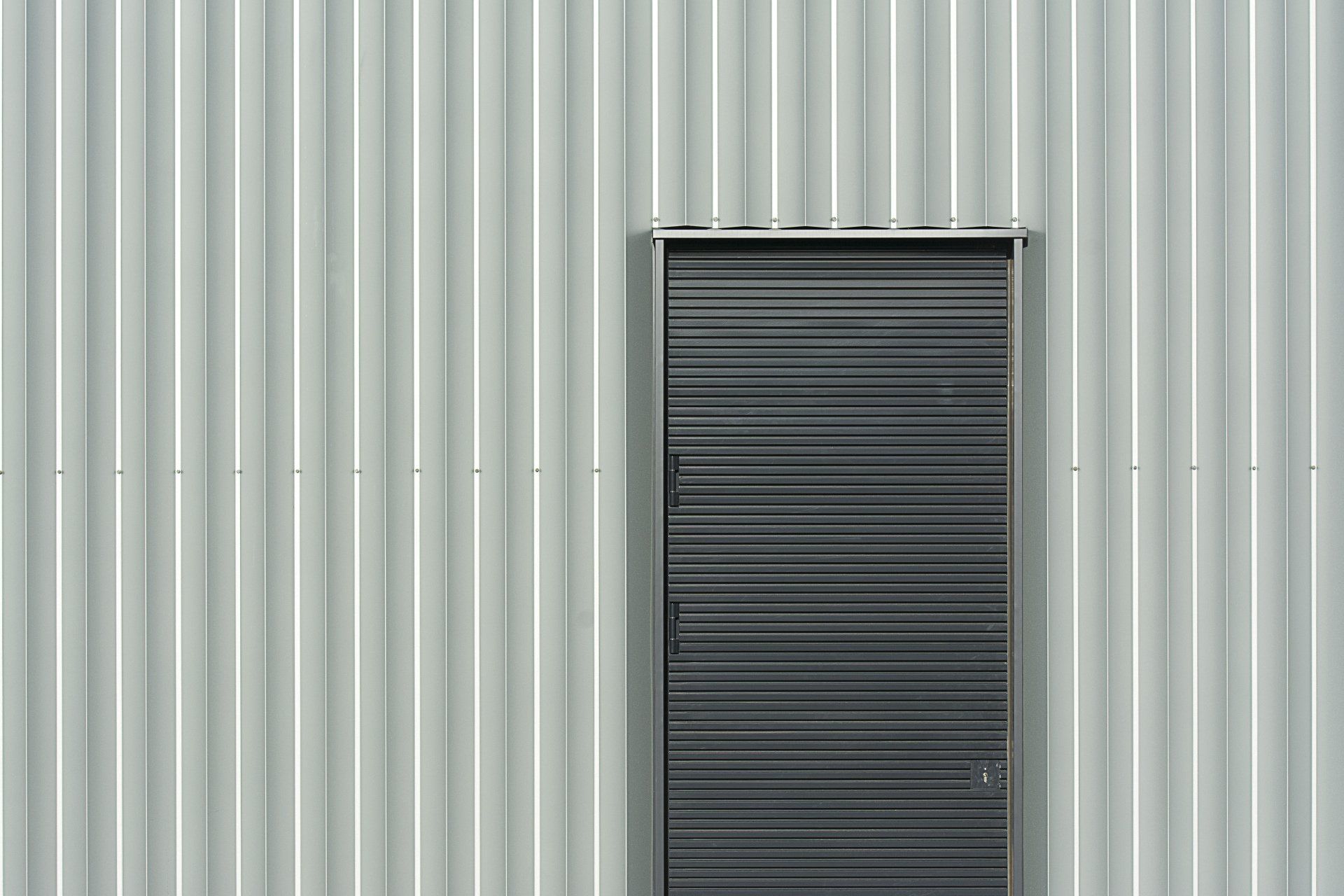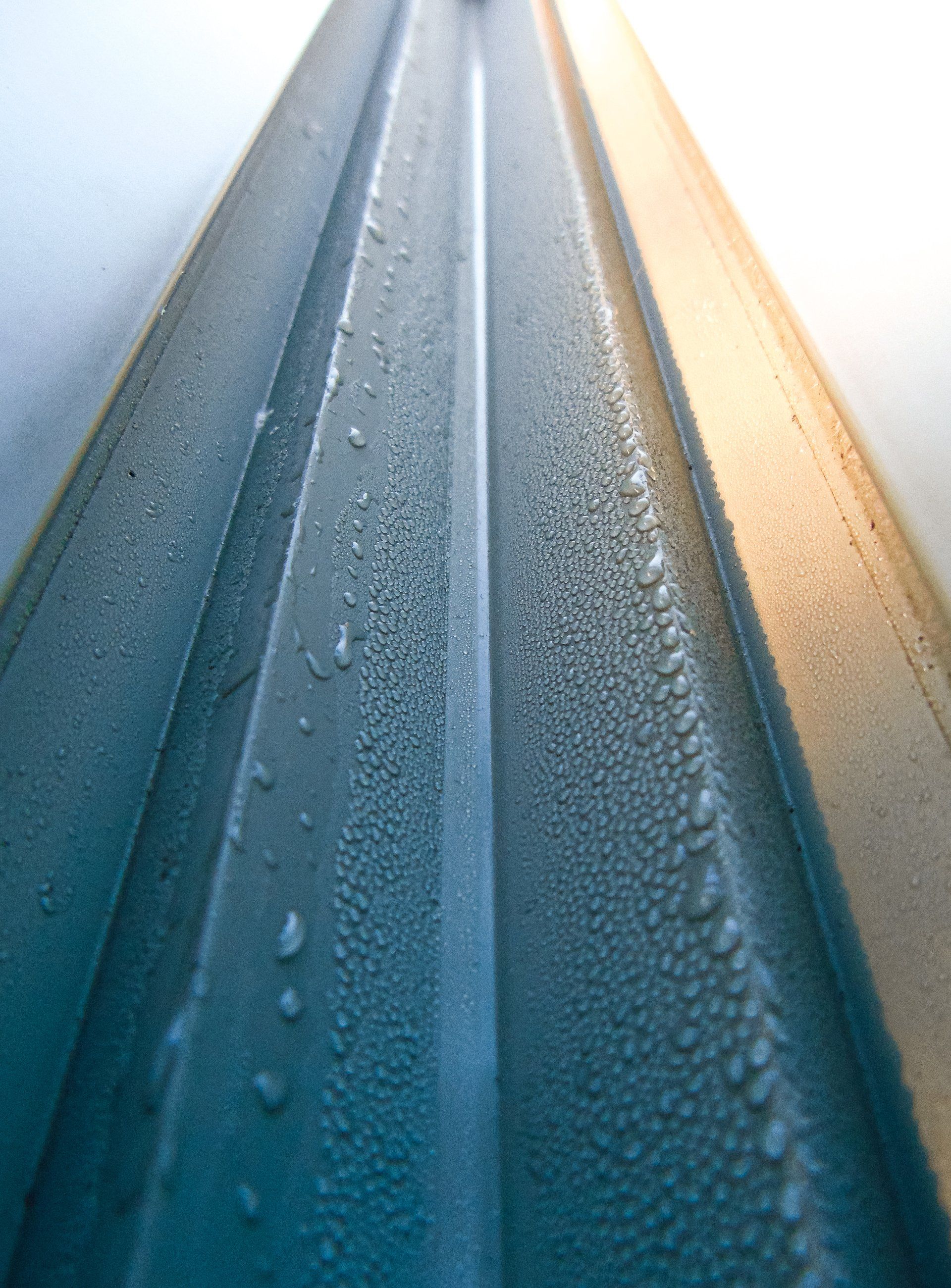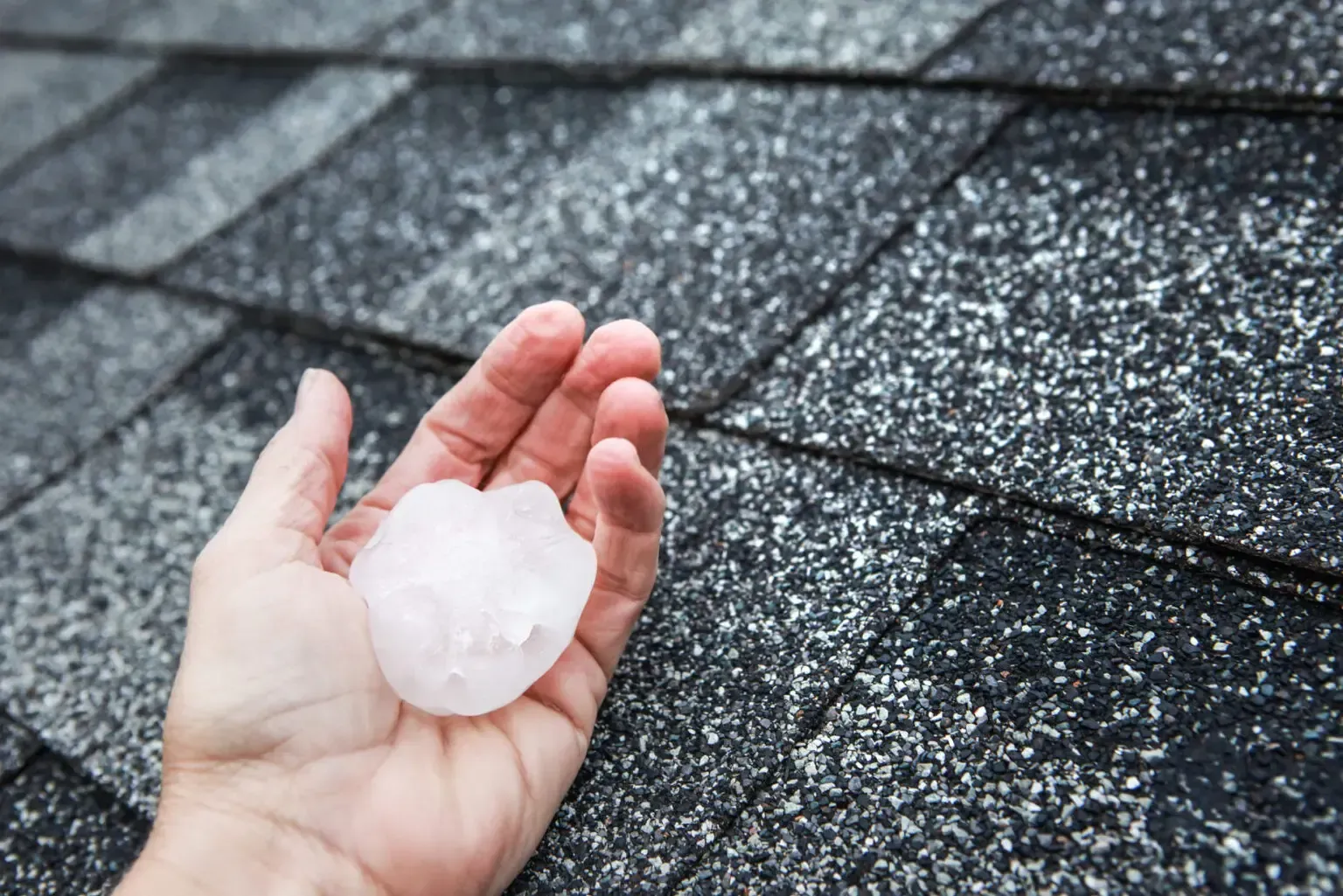Commercial Roofing
We are a leading commercial roofing company in North Platte, Nebraska.
Elevate Master Contractor

Weathercraft has won this award every year since 1990!
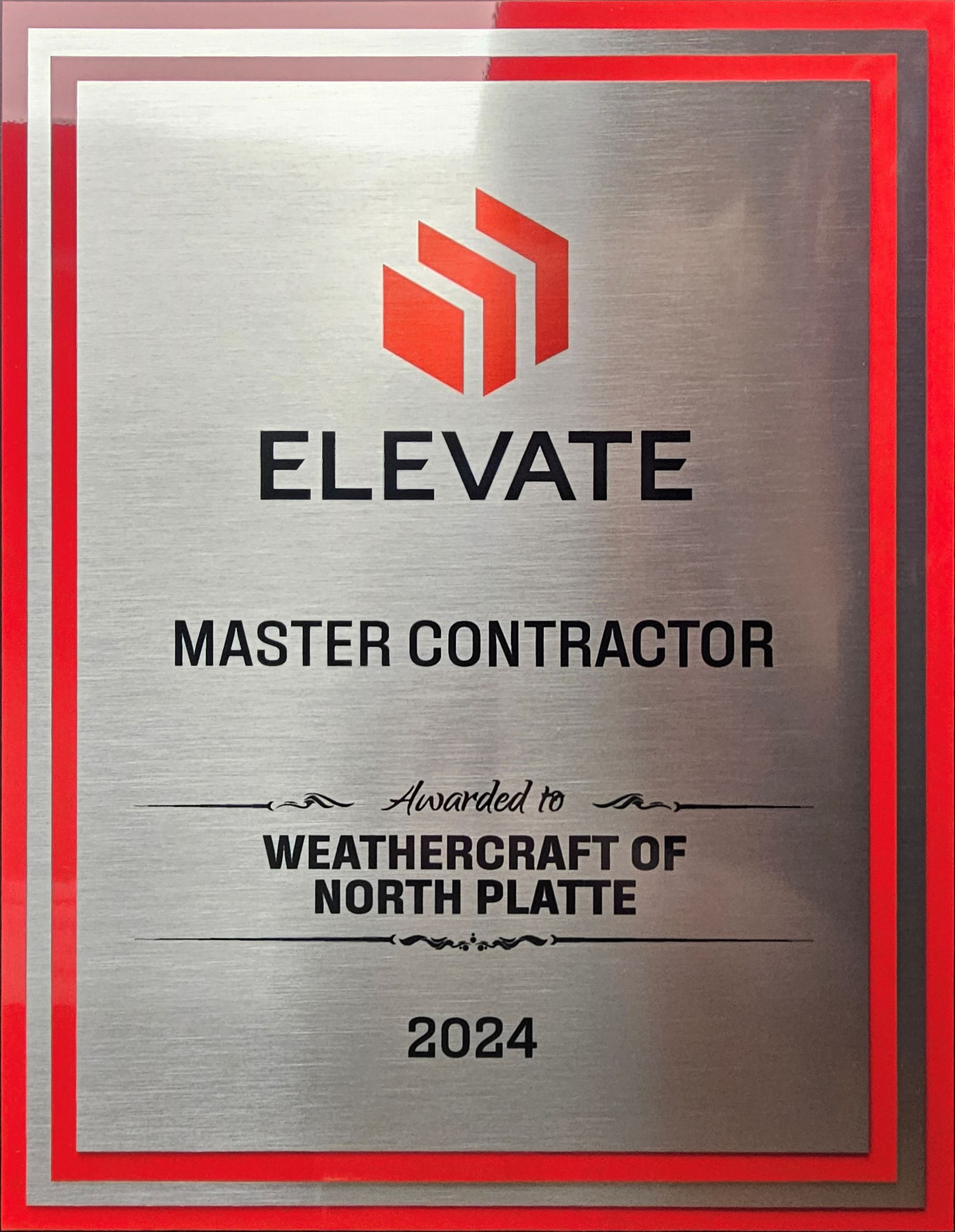
Single-Ply System Products
EPDM or Rubber Roofing Systems
Ethylene Propylene Diene Terpolymer, EPDM for short, is most common in low slope, commercial roofing. EPDM has a great resistance to hail damage and a significant lifespan. EPDM is covered by manufacturer labor and material warranties, which are not prorated, and cover labor to repair.
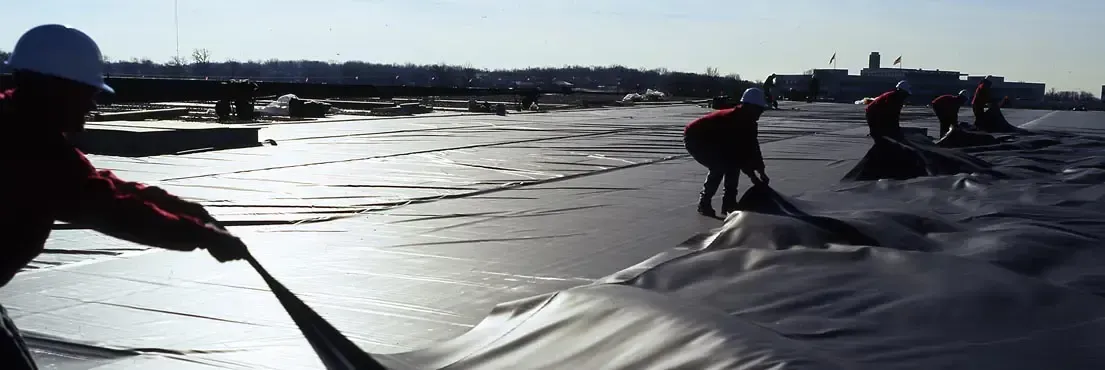
This means the manufacturer will pay if the system fails. Manufacturer warranties are available for 10, 15, and 20 years. Even 30 years for certain roofing systems. The two main rubber roof manufacturers in the United States are Elevate and Carlisle. Weathercraft is qualified to work with both.
Attachment Methods
Fully Adhered
Fully adhered systems have a layer of insulation fastened to the roof deck or existing roof with some prep work. This insulation is typically mechanically fastened with screws but can also be attached with an expandable foam adhesive or, in some situations, hot tar. The rubber sheet is then glued to the insulation and walls using a special bonding adhesive.
One advantage of this system is that it allows larger rolls of rubber to be used, creating fewer seams. It also makes it easy to navigate a very “clean” roof area and locate potential leaks. Thicker rubber sheets also allow for longer manufacturer’s warranty lengths. This is most commonly used in the attachment method in Weathercraft’s territory

Ballasted
Ballasted systems use 1-inch diameter smooth river rock to “hold down” the rubber sheet over a layer of insulation on roof decks capable of supporting this system's weight. It is typically installed over metal or concrete decks. As a result, the insulation is loose, and the rubber sheet is laid on it with all the walls and edges glued down.
This type of system is typically the same cost as a fully adhered system with the initial purchase of the river rock. However, a large advantage is the low cost of future re-roofs due to the ability to reuse the insulation and rock. School systems and large government entities use this system to fit their roofing needs into a set budget while keeping their roofs under manufacturers’ warranties.

Mechanically Fastened
Mechanically fastened systems use screws and plates to “stitch” down the rubber sheet over a layer of insulation. These systems are typically used in unique situations rarely seen in Weathercraft territories.
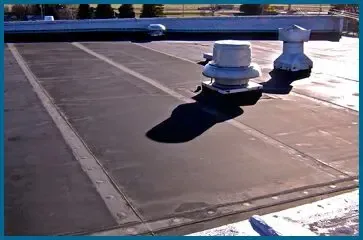
TPO Systems
Thermoplastic Polyolefin, or TPO for short, is a common low slope roofing system in the United States. TPO systems have excellent weather resistance, reduce the urban heat index, and helps under-insulated systems. TPO uses either mechanically fastened or fully adhered attachment methods, and are heat welded at the seams. TPO comes with manufacturers labor and material warranties. Elevate, Carlisle, and GAF are the three largest manufacturers. Weathercraft is qualified to install all three.
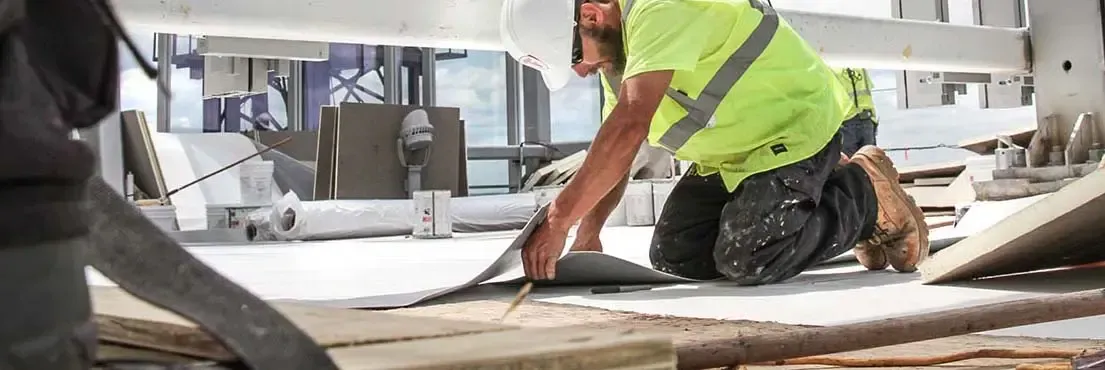
PVC Systems
Polyvinyl Chloride, or PVC, is the original single-ply roof system in the US. PVC roof systems are resistant to grease and chemicals, reduce urban heat index, help under-insulated systems, and are white reflective giving a better Energy Star rating. PVC systems vary dramatically in quality and characteristics, as there are many different formulations and manufacturing methods used when producing PVC roof membranes. Sarnafil, Fibertite, GAF are the biggest PVC manufacturers in the US. Weathercraft is qualified to handle all three.
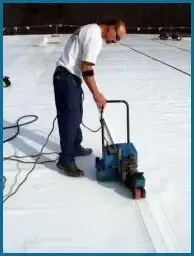
Asphalt Systems
Built-up roofs
Built Up Roofs (BUR) use a base layer of insulation or asphalt-soaked base sheet, then alternating of hot asphalt and felts to create multiple plies, then capped off by a flood coat of asphalt, gravel, or modified cap sheet. An aluminum coating can be used to extend the lifespan of the roof. BUR’s need to be well maintained and require periodic roof inspections and repairs. Weathercraft mostly uses Elevate and United Asphalt Systems. Weathercraft uses better products, especially at the walls, to ensure a longer lifespan of roofs.
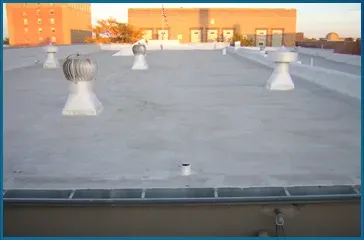
Modified Asphalt Roofs
Modified Asphalt Roofs consist of thick three-foot-wide sheets of modified bitumen that have been rubberized for increased strength and weatherproof properties. Typically know as Styrene Butadiene Styrene, or SBS for short. These can be used in tandem with BUR systems or as a standalone. SBS sheets are smooth surfaced but granules can be added for extra protection. Weathercraft uses Elevate SBS systems.
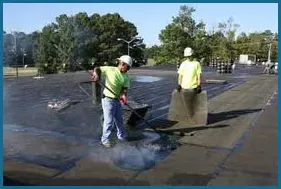
Torch Down Modified Roofs
Torch Down Modified Roofs const of thick three-foot-wide sheets of modified bitumen that has been “plasticized” for increased strength and weatherproofing. Typically known as Atactic Polypropylene, or APP, systems. Like SBS, it can also be smooth surfaced or granules can be added for extra protection. APP systems are installed using an open flame torch to heat the asphalt on the back of the sheets. Due to the inherent dangers of using open flames on a roof, APP roof systems are only used in specific situations by crews with regional certification.

Metal Systems
Standing Seam Panels
Standing-seam metal panels have a vertical seam that is “seamed” with some positive force. Sometimes, a hand or robotic seamer tool will roll over the seam after the panels are installed. Sometimes, there is a snap-lock seam that is not reversible. Other situations have a hidden clip that is mechanically fastened within the vertical seam. Standing-seam panels come in a large variety of widths and profiles.
Standing-seam panels are typically ordered to length and are available in numerous colors. The panels have different types of coatings that hold their color. Kynar coating is common on higher-end panels.
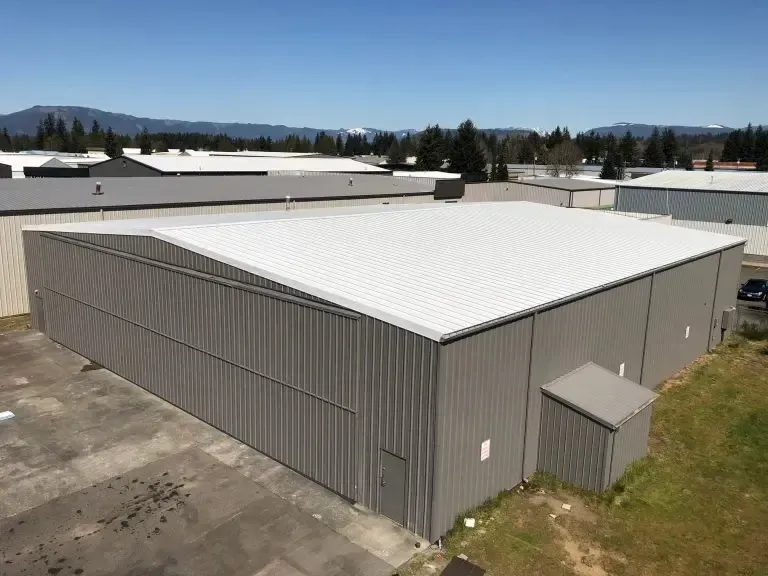
These panels also come in different gauges; the smaller the gauge, the thicker the panel. For example, 22- 24- and 26-gauge panels are typical for commercial applications, and 26- and 29-gauge are common for residential applications. Underlayments and venting are also important factors in these systems.
These panels also come in different gauges; the smaller the gauge, the thicker the panel. For example, 22- 24- and 26-gauge panels are typical for commercial applications, and 26- and 29-gauge are common for residential applications. Underlayments and venting are also important factors in these systems.
Overlapping Panels
An overlapping panel is the most common type of metal panel on the market. There are numerous manufacturers of these styles of panels — all of which use a different name to describe them. The most basic is a corrugated panel, often seen in agriculture. They have a round-like profile that is overlapped at the seams. In addition, metal buildings and residential buildings often use what is referred to as an “R” panel or a ribbed panel. They are more angular and are typically 3-foot-wide panels with a rib every 12 inches.
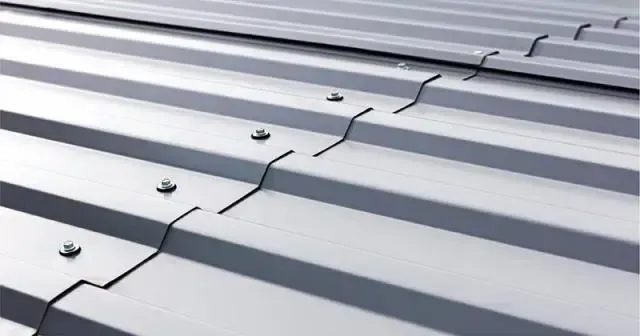
Overlapping panels are typically ordered to length and are available in numerous colors. The panels have different types of coatings that hold their color. Kynar coating is common on higher-end panels. These panels also come in different gauges; the smaller the gauge, the thicker the panel. 22-, 24- and 26-gauge panels are typical for commercial applications, and 26- and 29-gauge are common for residential applications. Underlayments and venting are also important factors in these systems.
Overlapping panels are dependent on the washers and screws for waterproofing and are effective at roof slopes of 2 inches per foot (2/12) or more. Effective systems have custom-made or manufacturer recommends details requiring a sheet metal shop.
Weathercraft uses a number of manufacturers, including Elevate, Metal Sales, Copper Sales, and Butler.
Metal Coatings
When replacing the metal panels on a metal roof system is cost-prohibitive, installing a metal-coating system may be the best form of repair. There are numerous coating formulations and systems on the market that are difficult to tell apart as they all look alike (white). There are two reasons to coat a roof system: The first is if the roof leaks. The second is if the original roof panel coating has been damaged by hail.
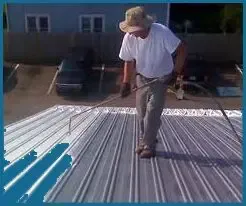
Suppose waterproofing is the main goal, and the leak is not because of improper installation of the original panel roof, penetrations, or rooftop units. In that case, the best systems are backed with a manufacturer labor and material warranty. These systems usually have a 10-step process that includes power washing, screw replacement, rust inhibitors, seam treatments, prime coat, and final coating. In addition, these systems are often inspected by the manufacturer for approval.
If re-coating is the main goal, a number of systems without a manufacturer warranty are sufficient.
Weathercraft partners with GAF for the systems that require a manufacturer labor and material warranty. Typical warranty lengths on these systems are 10-year labor and material. Weathercraft can also use systems from Henry and Tamko for simple re-coating jobs. Weathercraft does not recommend installing spray foam on a metal roof due to differences in expansion and contraction coefficients.
Other Systems
Spray Foam
Spray-foam systems are two-part spray-applied polyurethane foam, which is put directly to an existing roof or deck. This spray foam is then waterproofed with a coating. These systems are extremely susceptible to any size of hail and high winds, and dirt commonly found in the Midwest. Spray-foam roofs are expensive to remove and will need to be re-coated often, depending on the weather and the original thickness of the coating.
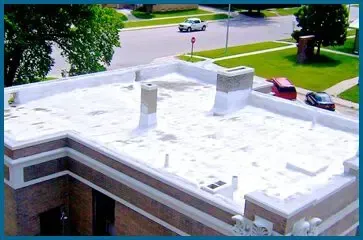
Weathercraft does not install spray foam roofs but is qualified to repair existing roofs if the damage is caught before too much moisture penetrates the system.
Weathercraft does not recommend installing a spray-foam roof in the Midwest.

